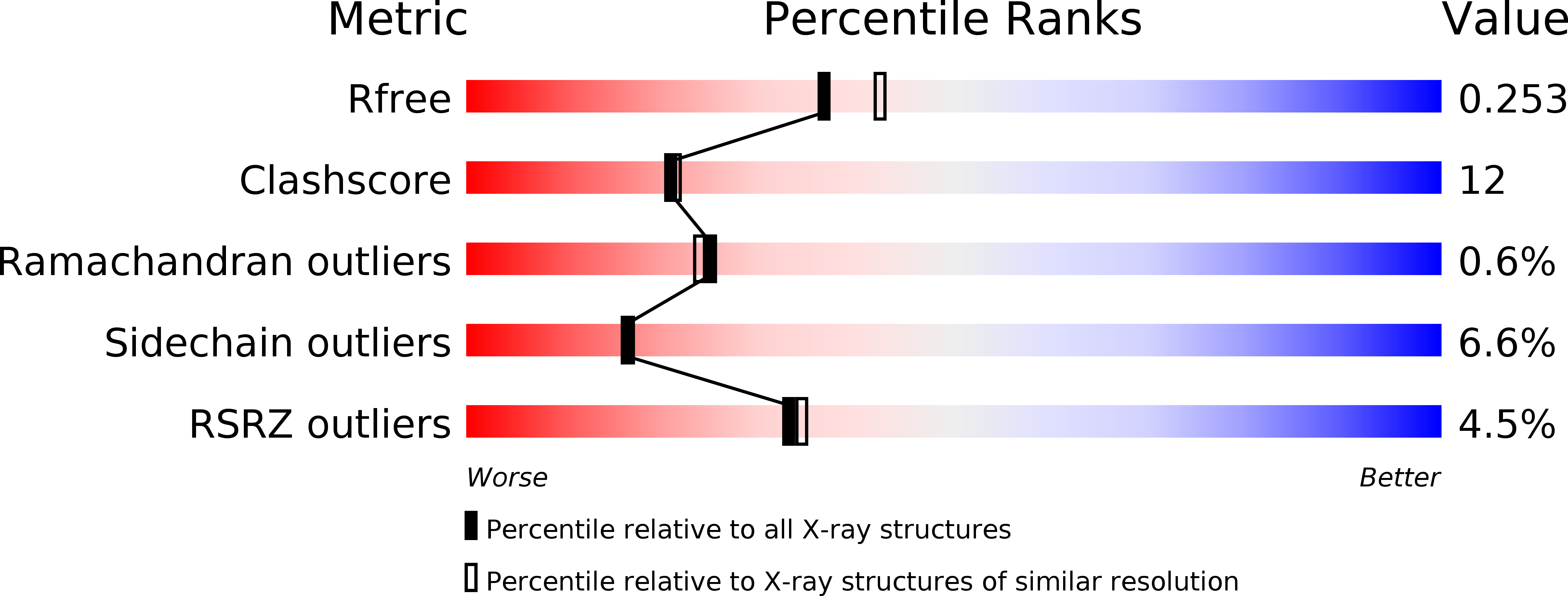
Deposition Date
2009-03-18
Release Date
2009-06-30
Last Version Date
2024-11-06
Entry Detail
PDB ID:
3GOD
Keywords:
Title:
Structural basis for DNase activity of a conserved protein implicated in CRISPR-mediated antiviral defense
Biological Source:
Source Organism:
Pseudomonas aeruginosa (Taxon ID: 208963)
Host Organism:
Method Details:
Experimental Method:
Resolution:
2.17 Å
R-Value Free:
0.25
R-Value Work:
0.20
R-Value Observed:
0.20
Space Group:
P 21 21 21


